
The Peace lily plants are very beautiful indoor ornamental houseplants & brilliant air purifiers. This spathiphyllum peace lily indoor plant is known as a closet plant or white sails.
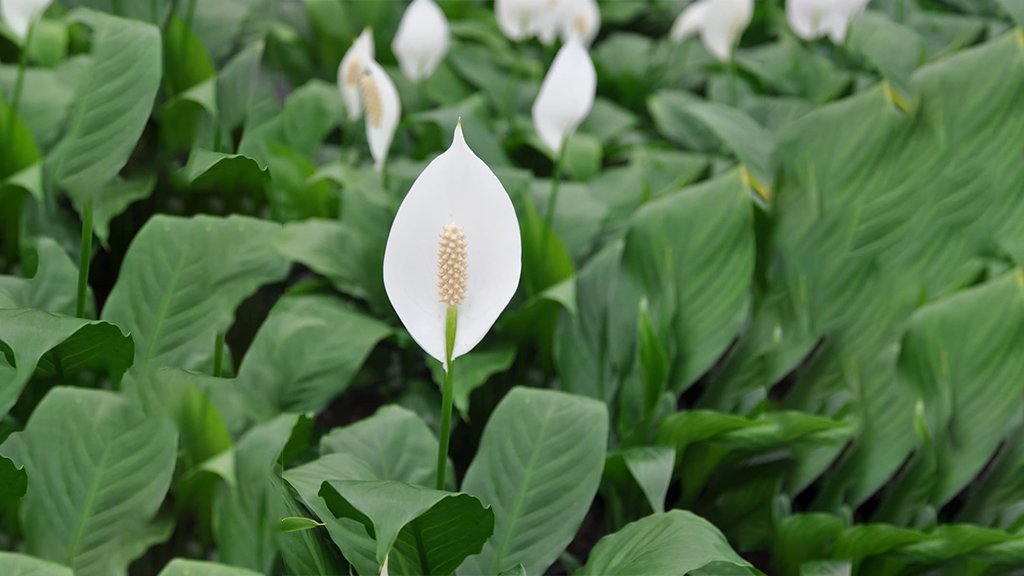
Peace lily plant
This spathiphyllum peace lily plant is an evergreen perennial with large glossy leaves and flowers produced in spadix and those surrounded by a spathe. Ivory white flowers are like a white flag on long stem sticks it symbolizing “peace’’. So these lily flowers are considered as peace & luck bringing plants.
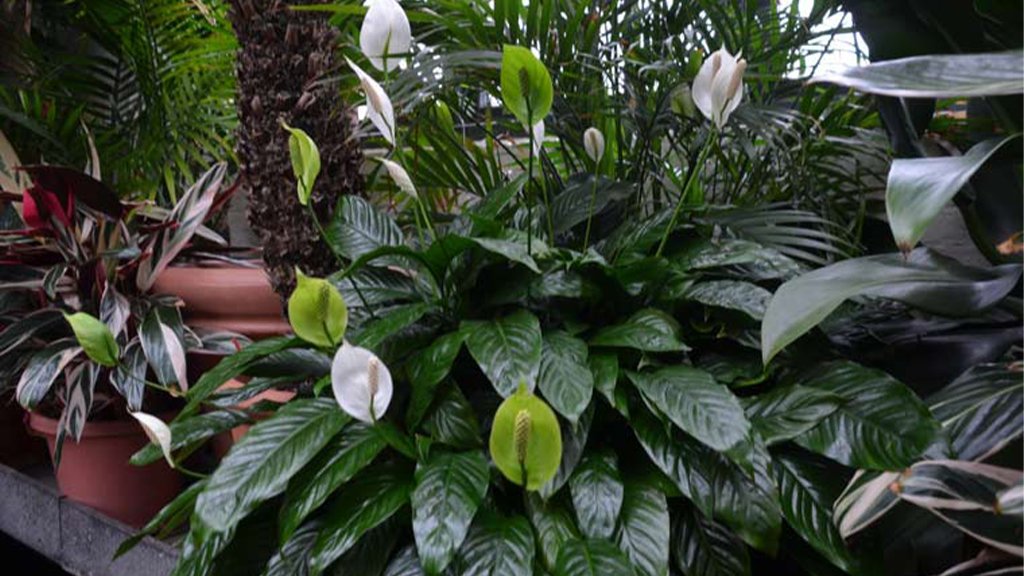
Spathiphyllum
Spathiphyllum Peace lily plants scientifically called as Spathiphyllum wallisii belongs to the family Araceae. There about 40 species in spathiphyllum family. This plant grows about 16-17 inches, and mature plants grow about 6 feet.
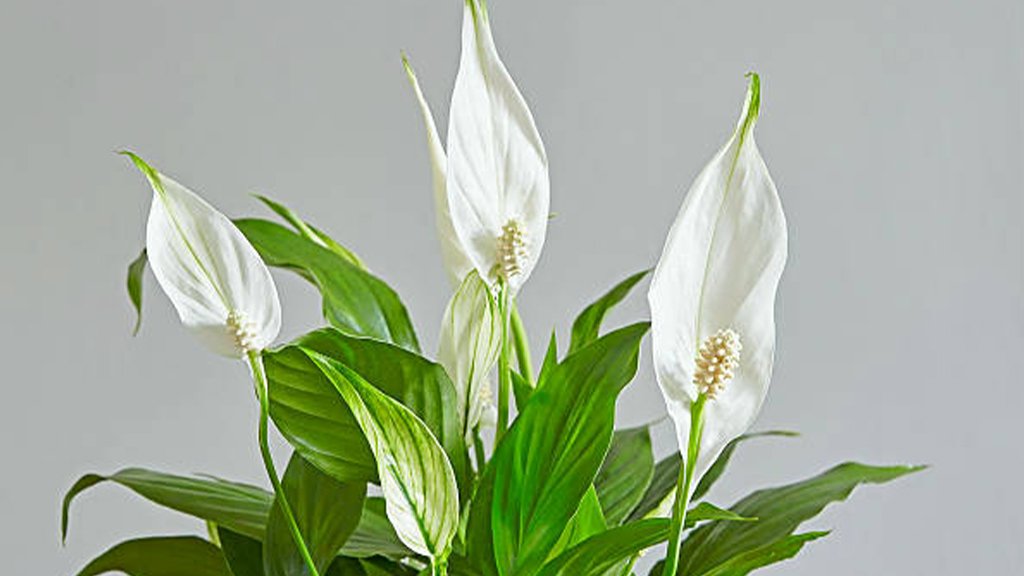
Peace lily indoor
This plant placed at indoor environments as they are indoor plants. Place in indoors such as east north facing windows, office table tops, bedroom areas and any otherindoor environments.
Most importantly,,not to keep the plants in AC rooms.
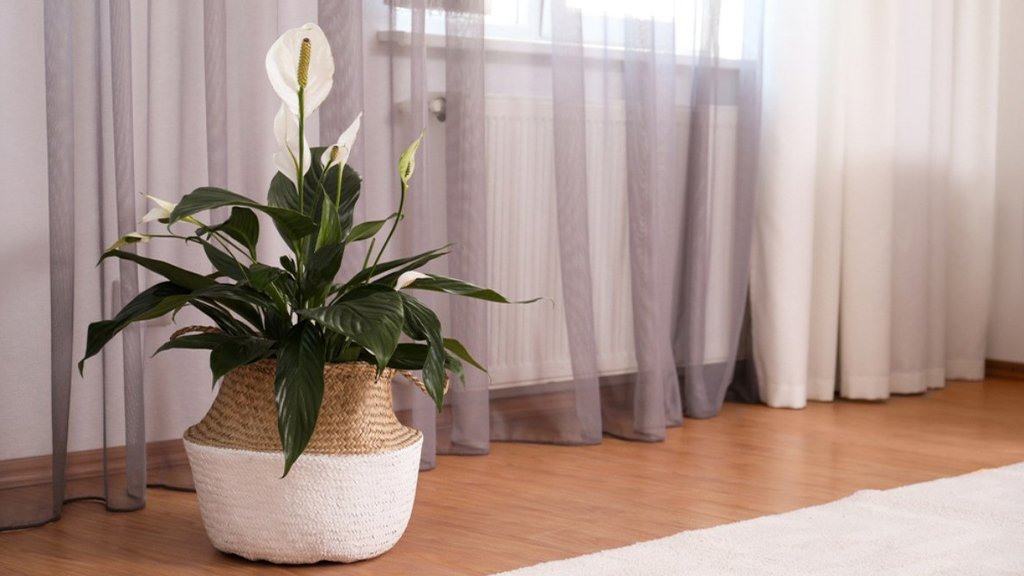
Peace lilies are popular indoor plants due to their ease of care and ability to thrive in low light conditions. The spathe reaches up to 10 inches (25 cm) in length and it often considered as petals. The flowers are fragrant and bloom in the spring and summer.
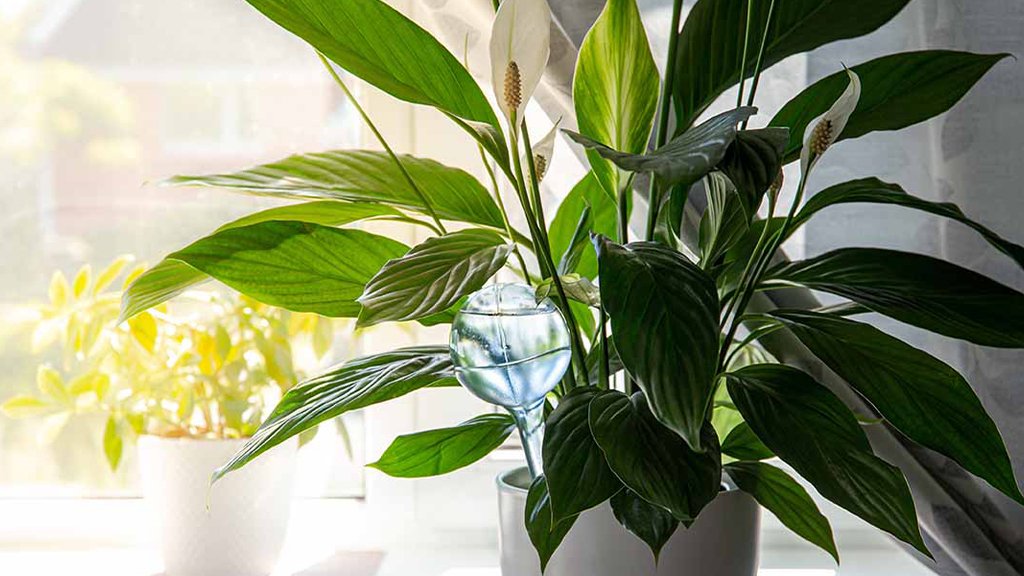
Soil for peace lily plant
Prefer well-draining soil that is rich in organic matter. A good soil mix for peace lilies would consist of equal parts of peat moss, perlite, and vermiculite. This mixture provides good drainage and aeration, while also retaining enough moisture to keep the plant hydrated.
It is important to avoid using heavy, clay soils or soils that are prone to waterlogging, as this can lead to root rot and other fungal diseases. Additionally, peace lilies prefer slightly acidic soil with a pH range between 5.5 to 6.5.
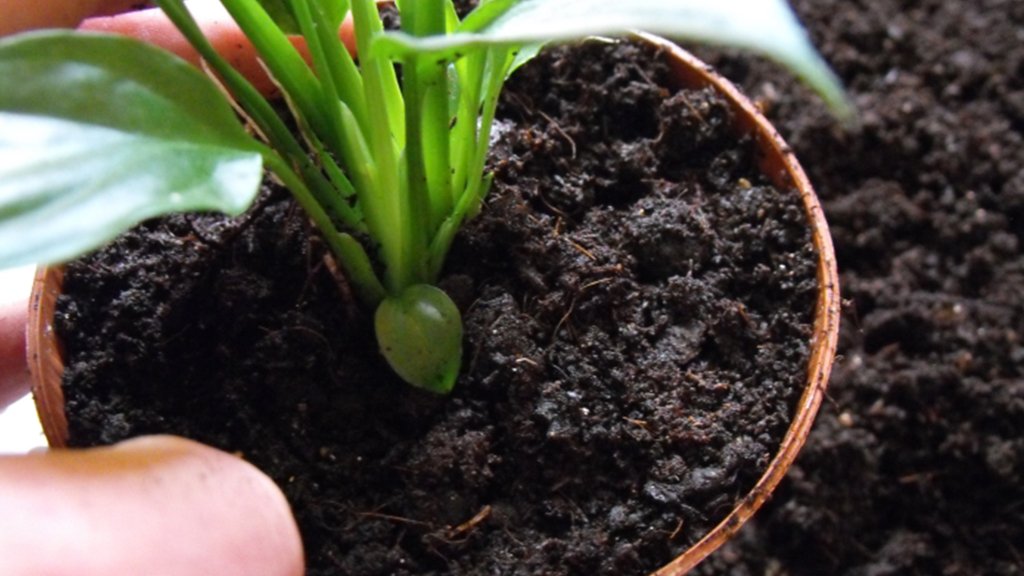
Sunlight
Peace lilies can tolerate a range of light conditions, but they do best in bright, indirect light. Direct sun light can scorch the leaves, while too little light can lead to poor growth and a lack of blooms.
Ideally, peace lilies should be placed in a location that receives bright, indirect light for several hours a day. This could be near a window that receives filtered sunlight, or in a bright room that is shielded from direct sunlight.
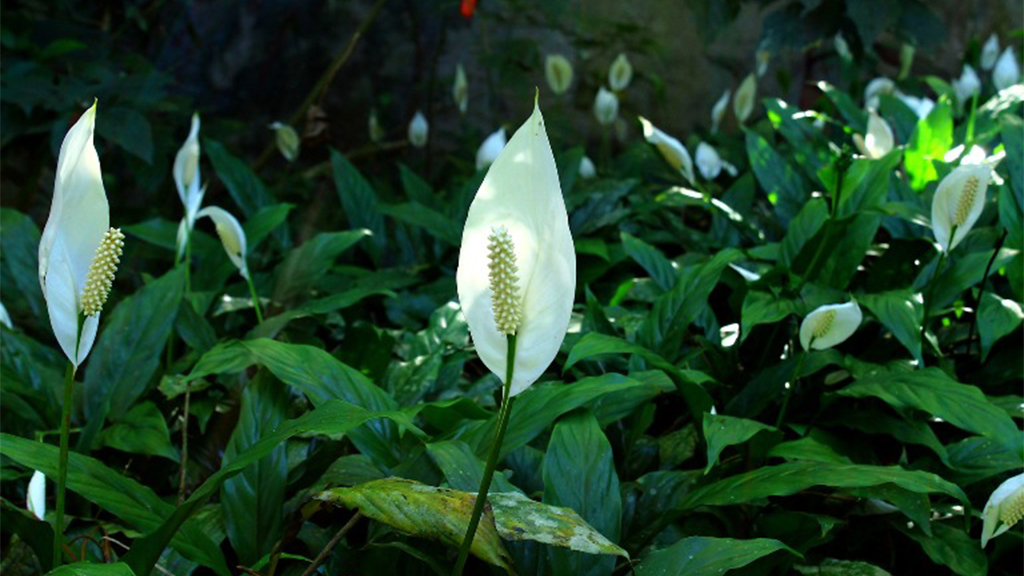
Peace lilies require consistent moisture, but it is important not to overwater them as this can lead to root rot and other fungal diseases. The frequency of watering will depend on various factors such as the size of the plant, the size of the pot, and the environmental conditions.
A good rule of thumb is to water a peace lily when the top inch of soil feels dry to the touch. It is important to water the plant thoroughly, allowing excess water to drain out of the bottom of the pot to prevent waterlogging.
If the leaves of the peace lily begin to droop, this can be a sign that the plant needs water. However, if the leaves begin to turn yellow, this could be a sign of overwatering or other issues, such as too much fertilizer or too little light.
It is also important to note that peace lilies are sensitive to chlorine and other chemicals found in tap water. If possible, it is best to use filtered or distilled water when watering a peace lily to avoid damaging the plant.
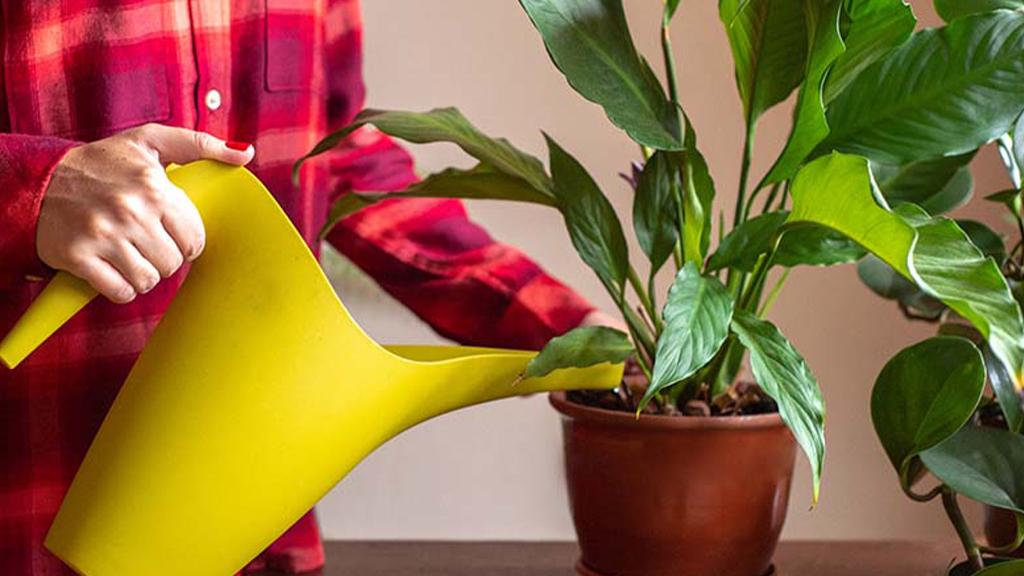
Peace lilies do not require frequent fertilization, but they can benefit from occasional feeding to promote healthy growth and blooming. It is recommended to fertilize peace lilies once a month during the growing season (spring and summer), and to withhold fertilizer during the winter months when the plant is dormant.
Application organic fertilizer groundnut powder in diluted form around the plants monthly once.
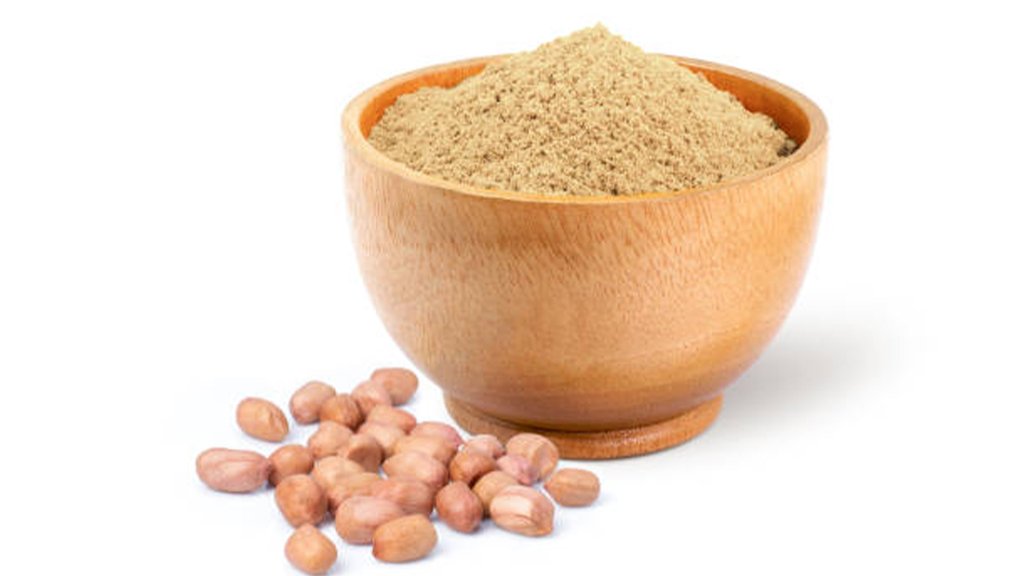
Alternatively,slow-release steamed bone meal fertilizer can be added to the soil when repotting a peace lily, providing nutrients over a longer period of time.
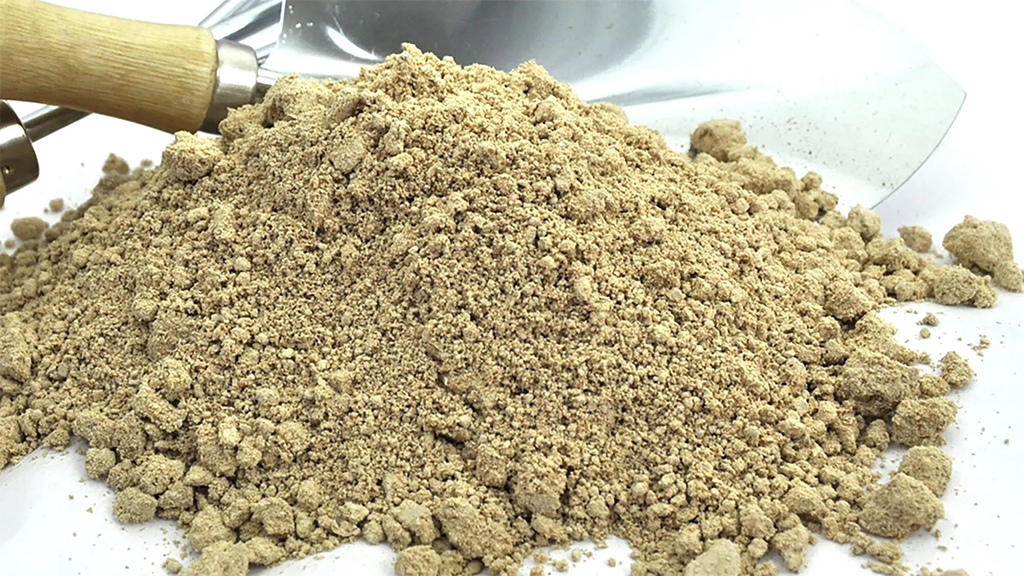
Peace lilies require repotting every 1-2 years, depending on the size of the plant and the pot. Repotting is important for providing the plant with fresh soil, nutrients, and space for growth.
Gently remove the peace lily from its current pot, being careful not to damage the roots.
Shake off excess soil from the roots and inspect them for any signs of damage or disease. Trim away any brown, mushy, or dead roots with clean, sharp scissors or pruners.
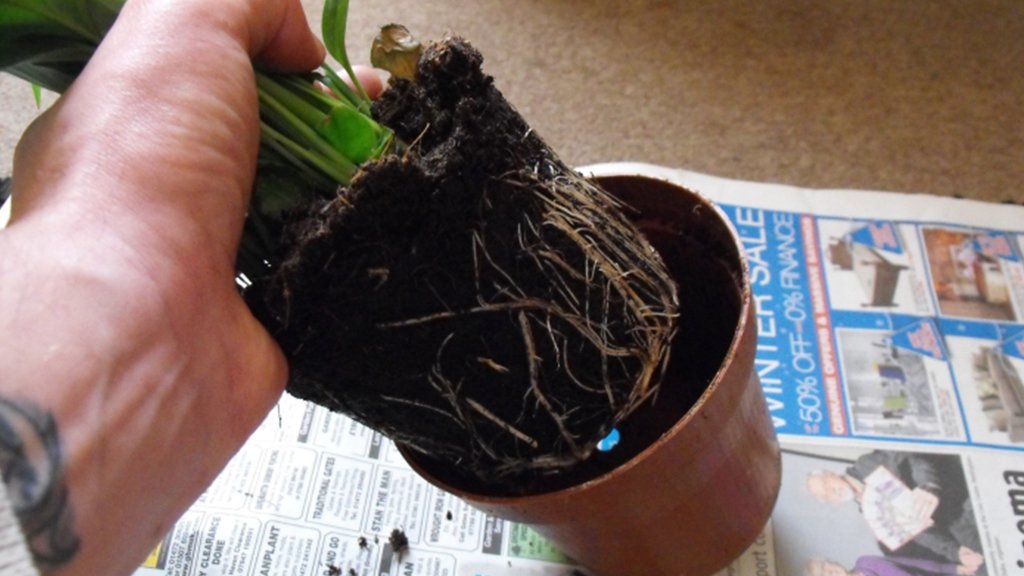
Pruning
Pruning is not usually necessary for peace lilies, but occasional pruning can help to promote healthy growth and remove any dead or damaged leaves.
Use clean, sharp scissors or pruners to avoid damaging the plant or spreading disease.
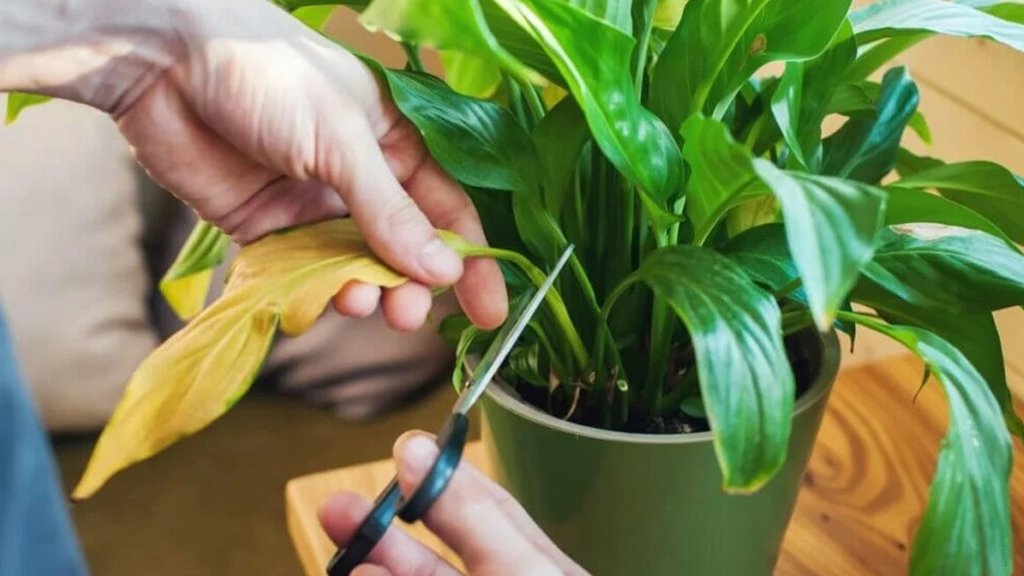
Peace lilies are generally easy to care for and relatively pest and disease resistant, but they can still be susceptible to a few common problems such as Spider mites, Mealybugs, Root rot & bacterial blight.
To reduce this regularly inspecting your peace lily plant for signs of pests or disease, overcrowding & over-watering of plants should be avoided.
For more pest infection application of neem oil in half strength neem oil can be used with dilution in water.
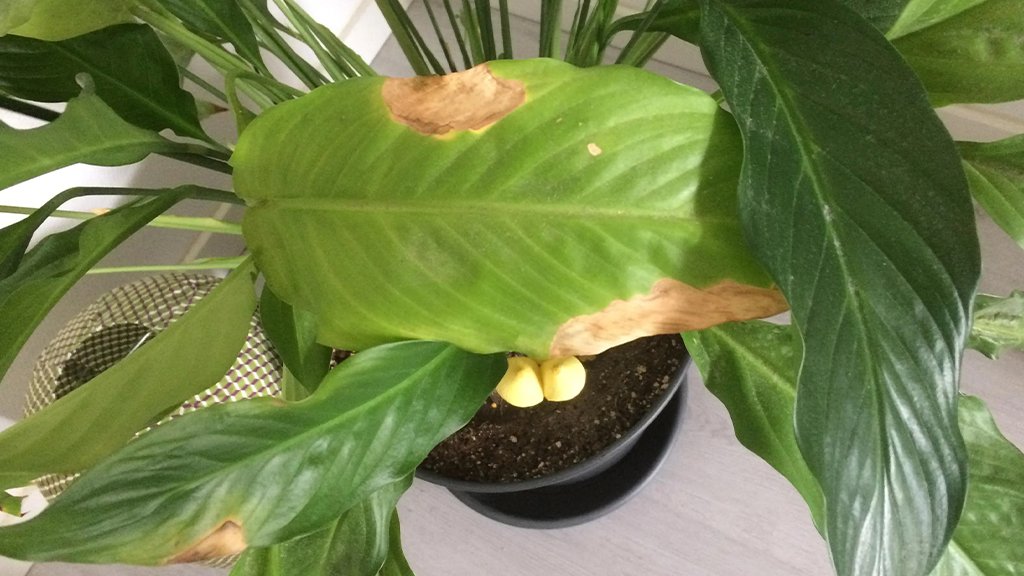
Peace lilies are not only a beautiful addition to your home or office, but they also offer several benefits:
Air purification: This plant has ability to purify the air by removing harmful pollutants such as trichloroethylene and others.
Humidity control: Peace lilies can help to maintain a healthy level of humidity in your home or office.
Easy to care for: Peace lilies are relatively low maintenance and easy to care for, making them a great choice for busy or inexperienced plant owners.

Therefore, growing organic plants involves using natural and sustainable methods to cultivate plants without the use of synthetic fertilizers & pesticides which improves soil fertility, natural pest management with more sustainable approaches.
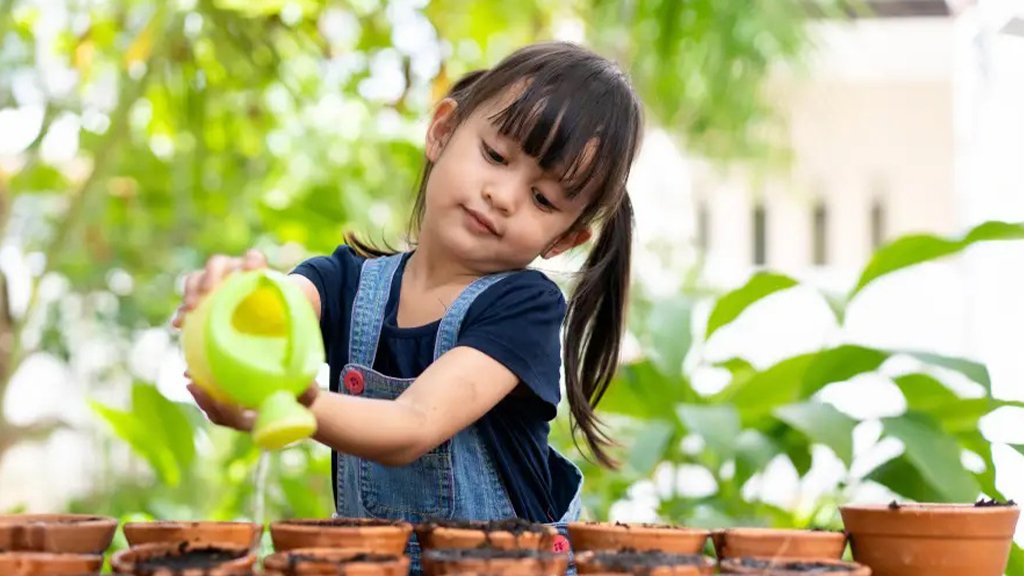
Save the Environments, Go ECO!
Blog created by : santhionlineplants
Diego Simeone
Neque porro quisquam est, qui dolorem ipsum quia dolor sitdown ameto, consectetur, adipisci velit, sed quiata non numqua eius modi tempor incidunt ut labore et dolore magnam, semper quis mollis id, ullamcorper ut diam.
Reply